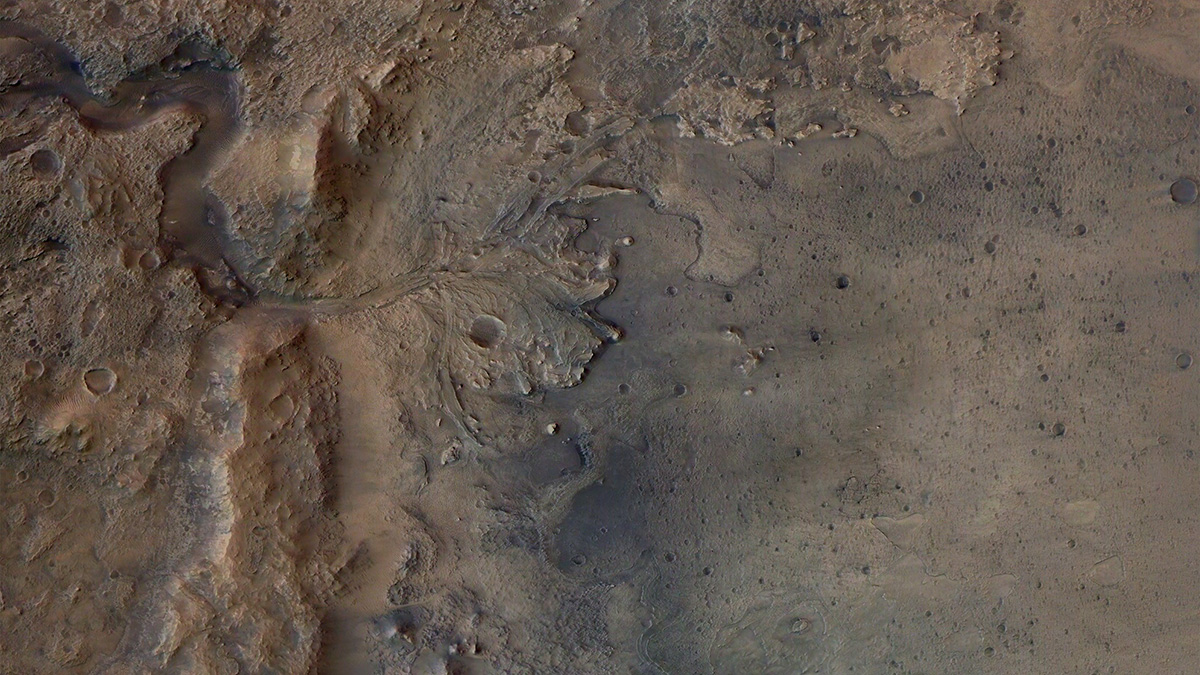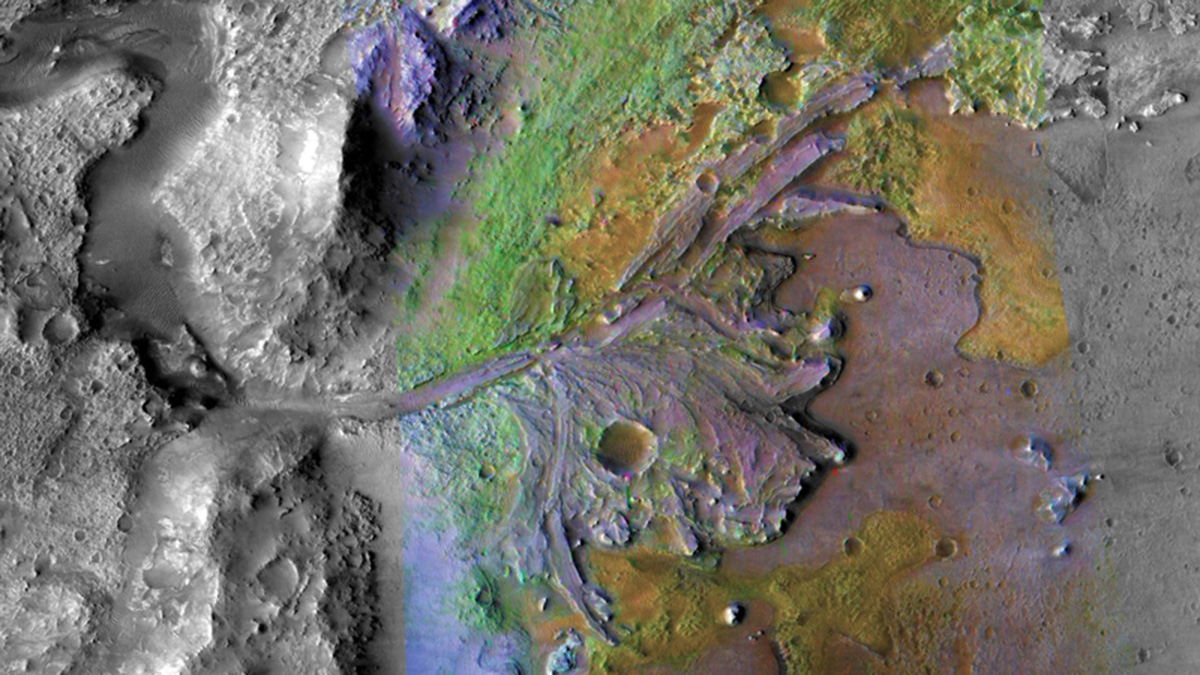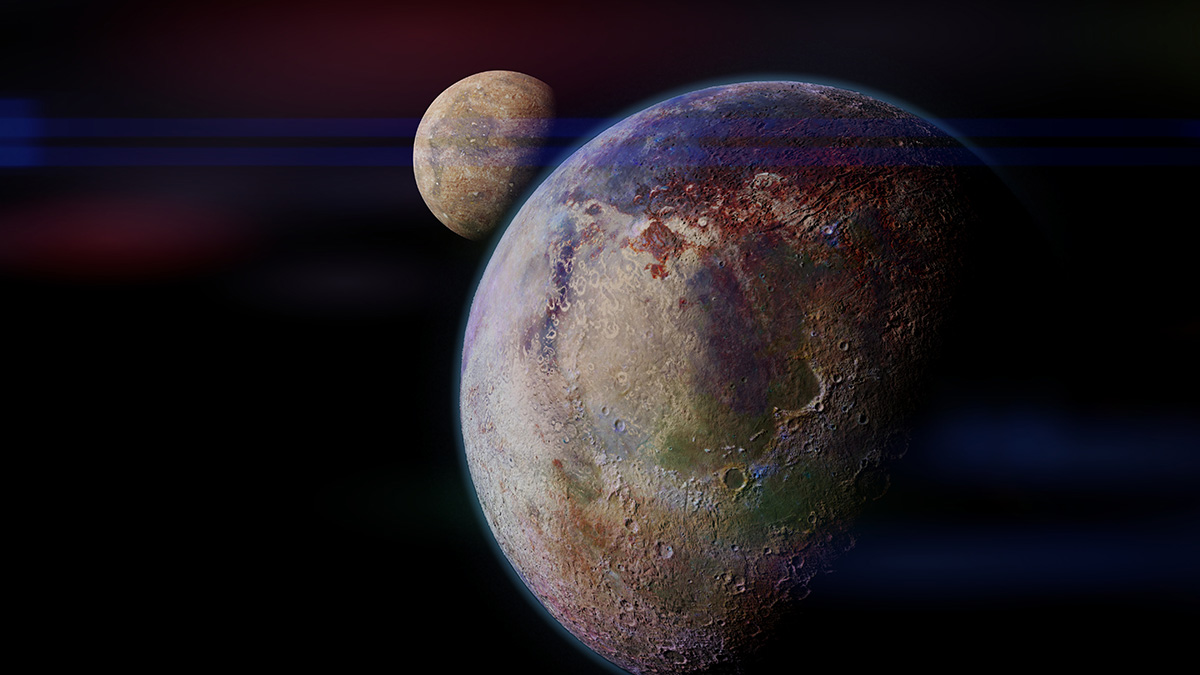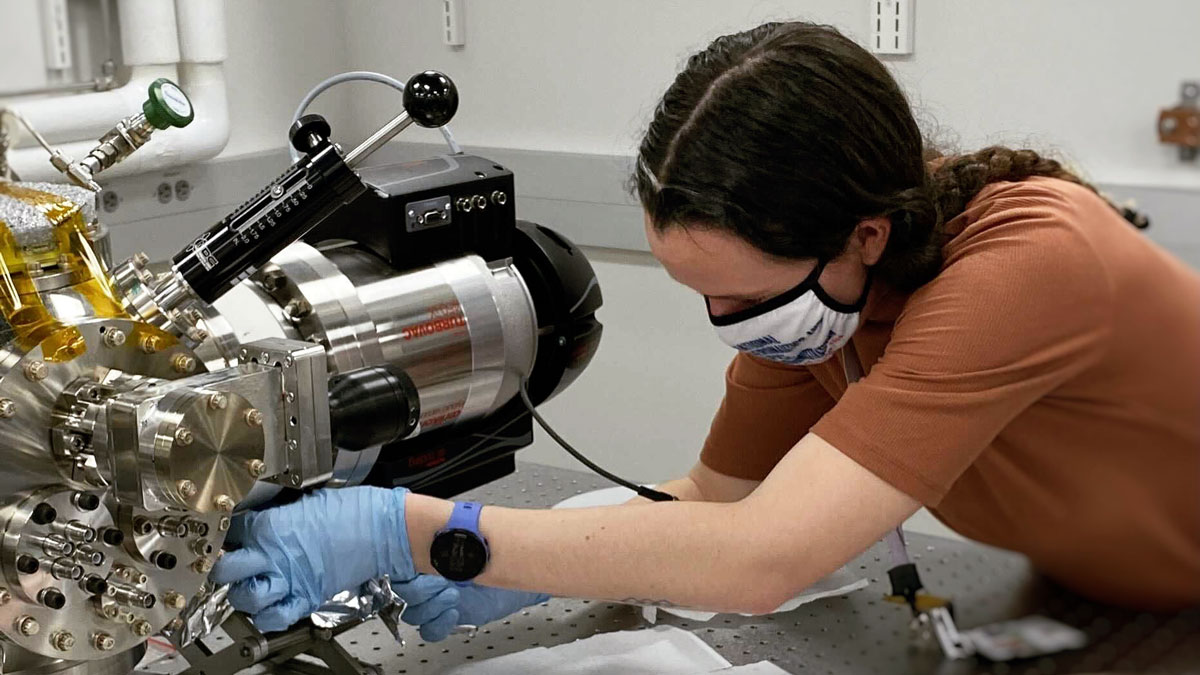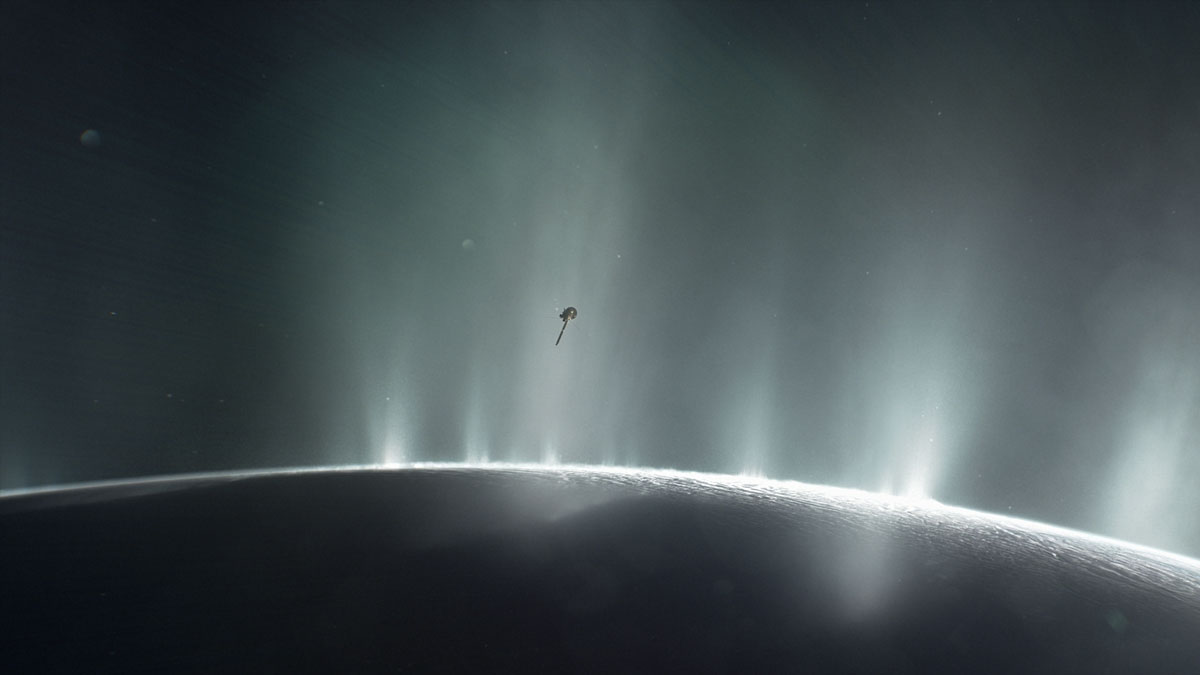A gravitational dance between a newly discovered exoplanet and its host star may be driving extreme volcanism on its surface.
life as we know it
(Probablemente) No podremos decir si Marte tiene vida
Los equipos de última generación no siempre pueden identificar la vida que habita en los lugares más parecidos a Marte en la Tierra, lo que hace que los científicos se pregunten cómo se se podría hacer mejor en el Planeta Rojo.
Exoplanets May Support Life in the Terminator Zone
A new study finds that the intersection between a searing dayside and a freezing nightside could be habitable.
Asteroid Impacts Could Have Warmed Ancient Mars
Hydrogen released during large impacts might have boosted Mars’s surface temperature above freezing for thousands or even millions of years, enabling liquid water to flow over the Red Planet.
Newly Discovered Salts May Exist on Icy Moons
For the first time in more than a century, scientists have identified new sodium chloride crystals. The discovery may reconcile puzzling spectroscopic images of Europa’s surface.
We (Probably) Can’t Tell Whether Mars Has Life
State-of-the-art equipment can’t always identify life inhabiting the most Mars-like spot on Earth, leaving scientists wondering how to do better on the Red Planet.
Marauding Moons Spell Disaster for Some Planets
In solar systems beyond our own, some moons might eventually collide with their host planets, new simulations suggest.
A Tiny New Device Could Help Find Extraterrestrial Life
Researchers developed a mini analyzer that could be a giant step forward in the search for life and habitable environments beyond Earth.
Does This Mineral Indicate Oxygen on Mars?
Manganese oxides are thought to be a signature of atmospheric oxygen. But on the Red Planet, recent results suggest they might be more of a red herring.
Marine Science Goes to Space
Space and ocean scientists take a splash course in multidisciplinary science to chart our solar system’s ocean worlds.


